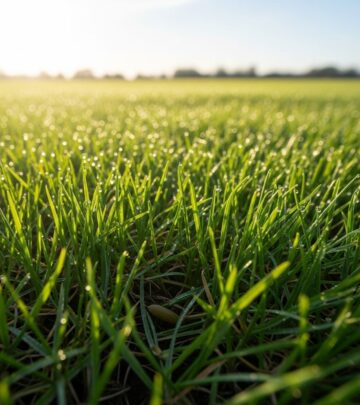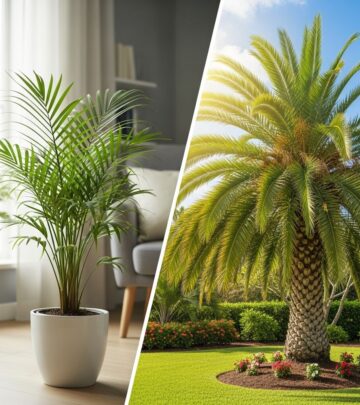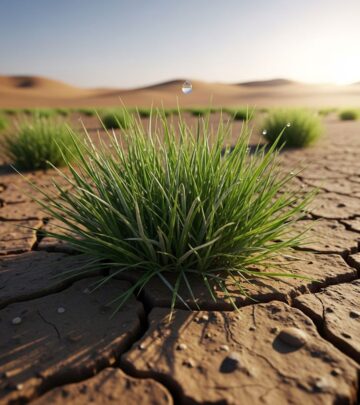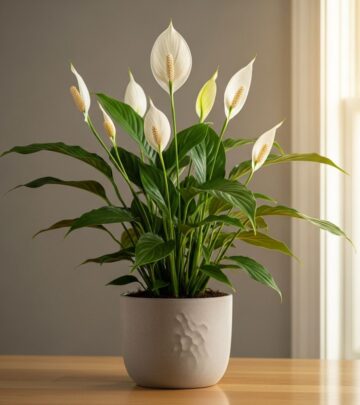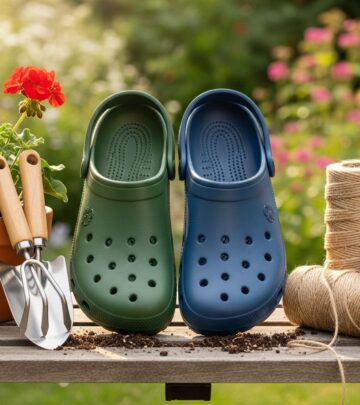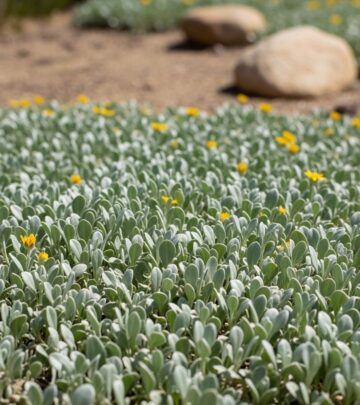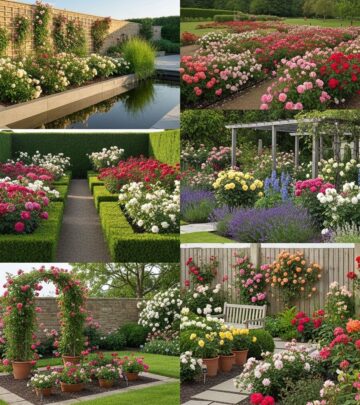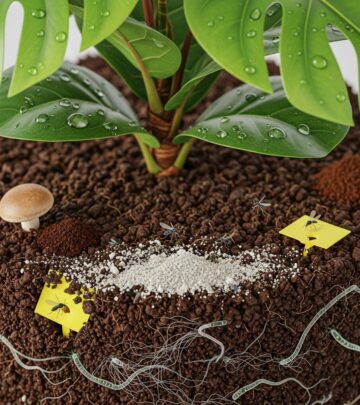Fall Planting Guide: Expert Tips For Autumn Garden Success
Prepare your greenery for cooler months with expert advice to thrive through winter.
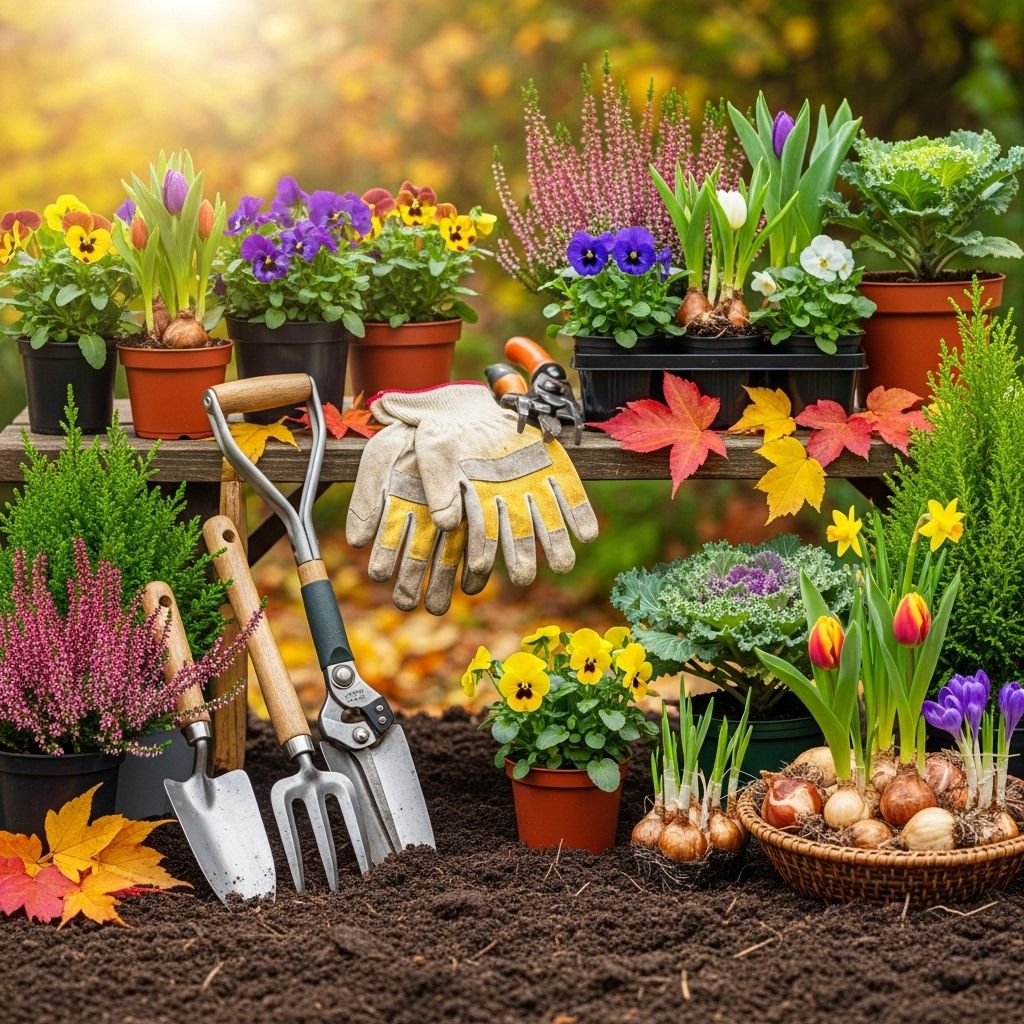
Image: HearthJunction Design Team
Fall Planting Guide: Essential Tips for Autumn Garden Success
While spring typically gets all the glory in the gardening world, experienced gardeners know that autumn offers unique advantages that make it possibly the best planting season of the year. The combination of warm soil, cooler air temperatures, and reliable rainfall creates ideal conditions for establishing new plants before winter dormancy. This comprehensive guide explores why fall planting works so well and provides detailed advice for planting everything from trees to bulbs during this golden season.
Why Fall Is Ideal for Planting
Fall presents the perfect convergence of environmental conditions that benefit newly installed plants. As summer’s intense heat fades, plants experience less stress while the soil retains its warmth, creating an ideal environment for root development. This balanced climate allows plants to establish strong root systems before winter dormancy without the energy-draining demands of producing new foliage or flowering.
The advantages of fall planting include:
- Warm soil temperatures that encourage robust root growth
- Cooler air temperatures that reduce transpiration and water loss
- More reliable rainfall that decreases the need for supplemental irrigation
- Fewer pest and disease pressures as many garden pests decline with cooler weather
- Extended planting window that allows plants to establish before winter dormancy
- Less maintenance required as plants naturally slow their growth in preparation for winter
These favorable conditions give fall-planted specimens a significant head start over their spring-planted counterparts. By the time spring arrives, fall-planted trees, shrubs, and perennials will have developed stronger root systems, allowing them to focus energy on new growth rather than establishing roots.
Best Trees and Shrubs for Fall Planting
Fall is particularly advantageous for planting woody plants like trees and shrubs. The moderate temperatures and increased soil moisture create perfect conditions for root establishment without the stress of supporting new foliage growth. Most deciduous trees and shrubs enter dormancy in fall, making it an optimal time for transplanting with minimal shock.
Consider these excellent options for fall planting:
Deciduous Trees
- Maple (Acer) – Known for spectacular fall color and adaptability to various conditions
- Oak (Quercus) – Long-lived shade trees with excellent structural integrity
- Crape Myrtle (Lagerstroemia) – Offers multiple seasons of interest with summer blooms and fall color
- Dogwood (Cornus) – Provides spring flowers, summer berries, and fall color
Evergreen Trees
- Spruce (Picea) – Maintains year-round interest with distinctive conical shape
- Cedar (Cedrus) – Elegant evergreens with distinctive architectural presence
- Holly (Ilex) – Offers glossy evergreen foliage and bright winter berries
Shrubs
- Hydrangea – Fall planting allows for excellent first-year blooming
- Viburnum – Versatile shrubs offering flowers, berries, and fall color
- Azalea and Rhododendron – Benefit from fall establishment before summer heat
- Boxwood (Buxus) – Classic evergreen shrub for structure and hedging
When selecting trees and shrubs, consider your specific growing zone, available space, soil conditions, and design goals. Native species typically require less maintenance and provide better wildlife habitat than non-native alternatives.
Fall Perennial Planting
Perennials planted in autumn benefit from establishing roots during the cooler months, resulting in stronger plants that burst into growth when spring arrives. While you won’t see immediate above-ground results, fall-planted perennials typically outperform spring-planted ones in their first growing season.
Perennials That Thrive When Planted in Fall
- Coneflower (Echinacea) – Drought-tolerant native that attracts pollinators
- Black-eyed Susan (Rudbeckia) – Easy-to-grow perennial with cheerful yellow blooms
- Salvia – Long-blooming perennial available in various colors and heights
- Sedums – Succulent perennials that provide late-season color and winter interest
- Ornamental Grasses – Add movement, texture, and winter structure
- Phlox – Fragrant summer bloomers that establish well from fall planting
- Peonies – Long-lived perennials that prefer fall planting for best establishment
For best results with fall perennial planting, aim to get plants in the ground at least 4-6 weeks before your average first frost date. This timing allows sufficient root development before winter temperatures arrive.
Spring-Flowering Bulbs: Plant in Fall for Spring Splendor
One of autumn’s most rewarding gardening tasks is planting spring-flowering bulbs. These underground treasures require fall planting to satisfy their winter chilling requirements and prepare for spring blooming. By investing a few hours of effort in autumn, you’ll be rewarded with weeks of colorful blooms when your garden awakens from winter.
Popular Spring-Flowering Bulbs to Plant in Fall
- Tulips – Available in virtually every color and numerous forms
- Daffodils – Reliable, deer-resistant bulbs that naturalize over time
- Hyacinths – Intensely fragrant spring bloomers with bold colors
- Crocuses – Early-blooming harbingers of spring
- Alliums – Architectural blooms that bridge the gap between spring and summer
- Fritillaria – Unique, bell-shaped flowers that add distinctive character
- Muscari (Grape Hyacinth) – Low-growing bulbs ideal for borders and rock gardens
Plant bulbs at a depth approximately three times their height, with the pointed end facing upward. For the most dramatic display, plant bulbs in groups rather than individually, and consider layering different bulb types for a succession of blooms.
Fall Vegetable Gardening
Extend your harvesting season by planting a fall vegetable garden. Many cool-season crops actually develop better flavor when maturing in autumn’s cooler temperatures. Some vegetables can even withstand light frosts, providing fresh harvests well into the cooler months.
Vegetables for Fall Planting
| Vegetable | Days to Maturity | Cold Tolerance |
|---|---|---|
| Spinach | 30-45 days | High (can survive hard frosts) |
| Lettuce | 45-60 days | Medium (tolerates light frost) |
| Kale | 50-65 days | Very high (improves with frost) |
| Broccoli | 70-100 days | Medium (tolerates light frost) |
| Carrots | 60-80 days | High (sweetens with frost) |
| Radishes | 20-30 days | Medium (tolerates light frost) |
| Beets | 50-70 days | High (can survive hard frosts) |
For successful fall vegetable gardening, determine your first average frost date and count backward using the days-to-maturity information for each crop. Add an extra 7-14 days to account for slower growth as daylight hours decrease. Consider using row covers or cold frames to extend the growing season even further into fall and winter.
Fall Planting Techniques for Success
Regardless of what you’re planting in autumn, certain techniques can help ensure successful establishment before winter arrives. Follow these best practices:
Soil Preparation
Fall is the perfect time to improve your soil. Before planting, incorporate compost or well-rotted organic matter to enhance soil structure, fertility, and drainage. Avoid adding high-nitrogen fertilizers that might stimulate late growth vulnerable to winter damage. Instead, focus on phosphorus-rich amendments that encourage root development.
Proper Planting Depth
Planting at the correct depth is critical for plant success. For trees and shrubs, the root flare (where the trunk widens at the base) should be visible at or slightly above the soil level. Planting too deeply is a common error that can lead to poor establishment and decline. Perennials should be planted at the same depth they were growing in their containers.
Watering Guidelines
Even as temperatures cool, newly planted specimens require consistent moisture to establish roots before winter. Deep, thorough watering is more effective than frequent light sprinklings. Continue watering until the ground freezes, particularly for evergreens, which continue to lose moisture through their foliage during winter months.
Mulching
Apply a 2-3 inch layer of organic mulch around newly planted trees, shrubs, and perennials to regulate soil temperature, retain moisture, and suppress weeds. Keep mulch several inches away from stems and trunks to prevent rot and rodent damage. For fall-planted bulbs, apply mulch after the ground has frozen to prevent premature sprouting during winter warm spells.
Frequently Asked Questions About Fall Planting
Q: How late in the fall can I plant trees and shrubs?
A: Ideally, woody plants should be established 4-6 weeks before the ground freezes in your area. In most regions, this means planting by mid-October to early November. Container-grown plants can be installed later than field-grown or B&B (balled and burlapped) specimens.
Q: Should I fertilize plants when planting in fall?
A: Generally, avoid fertilizers high in nitrogen when fall planting. Instead, use root stimulator products or slow-release, phosphorus-rich formulations that encourage root development without pushing top growth. Many experts recommend waiting until spring to fertilize fall-planted specimens.
Q: Do I need to protect fall-planted specimens during winter?
A: In harsh winter climates, newly planted trees, especially those with thin bark, may benefit from trunk guards to prevent sunscald and rodent damage. Tender perennials and roses may need additional mulch protection after the ground freezes. Evergreens often benefit from anti-desiccant sprays and windbreaks.
Q: Can all perennials be planted in fall?
A: While most perennials establish well when planted in fall, those with marginal hardiness in your zone or those with fleshy roots (like butterfly weed) often perform better with spring planting. Research specific varieties for your region’s conditions.
Q: When should I stop planting fall vegetables?
A: Calculate backward from your first average frost date using each vegetable’s days-to-maturity information. Add an extra 1-2 weeks to account for slower growth in decreasing daylight. Cold-tolerant crops can be planted later, especially when protection methods are used.
By embracing fall as a prime planting season, you’ll not only extend your gardening pleasure into the cooler months but also set the stage for a more vibrant, established garden next year. The plants you install this autumn will reward you with stronger growth, increased resilience, and enhanced beauty in the seasons to come.
References
- https://www.gardendesign.com/autumn/
- https://awaytogarden.com/what-to-plant-now-for-a-fall-vegetable-garden/
- https://southernlivingplants.com/planting-care/fall-planting-guide-suggested-specimens/
- https://joegardener.com/podcast/what-to-plant-now-fall-vegetable-garden/
- https://www.growveg.com/guides/planning-for-a-bountiful-autumn-garden/
Read full bio of Shinta



